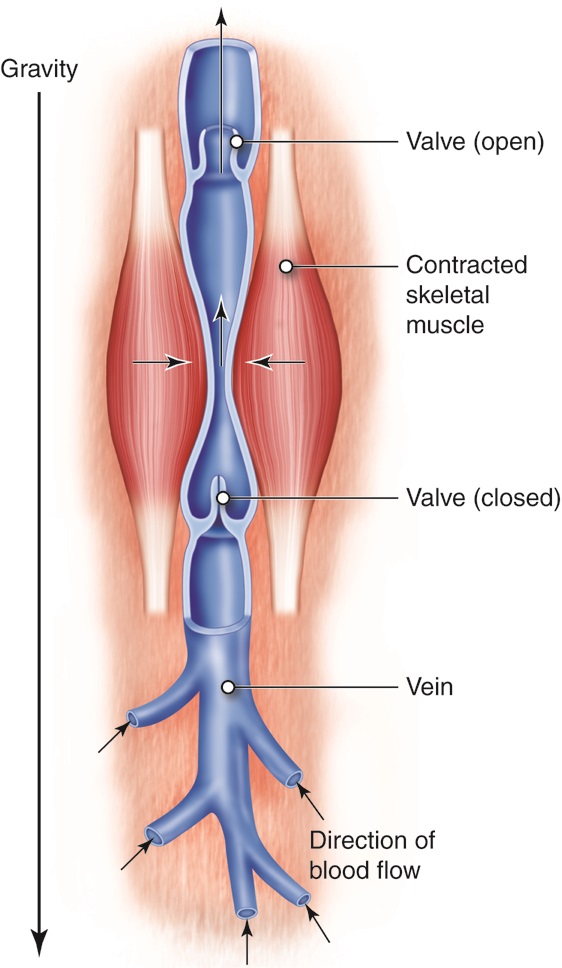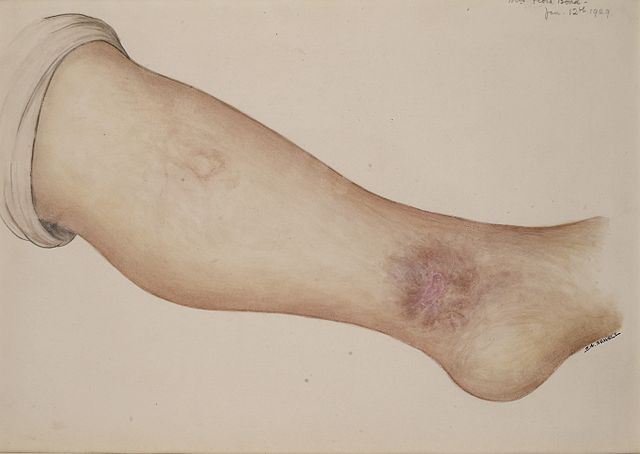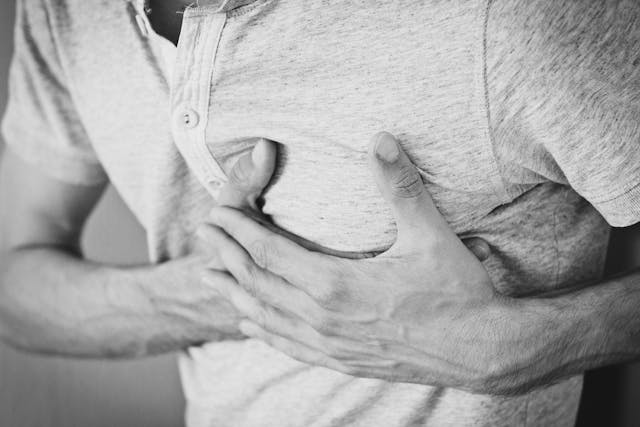 In this blog post, we’ll discuss the signs that you should see a vascular surgeon and when to seek help. Maintaining vascular health is essential for overall well-being, as the vascular system is responsible for transporting blood, oxygen, and nutrients throughout the body. However, certain symptoms and conditions may indicate underlying vascular issues that require professional evaluation and treatment.
In this blog post, we’ll discuss the signs that you should see a vascular surgeon and when to seek help. Maintaining vascular health is essential for overall well-being, as the vascular system is responsible for transporting blood, oxygen, and nutrients throughout the body. However, certain symptoms and conditions may indicate underlying vascular issues that require professional evaluation and treatment.
Understanding Vascular Surgeons
A vascular surgeon specializes in diagnosing and treating conditions affecting the vascular system, including arteries, veins, and lymphatic vessels. They are trained to manage a wide range of vascular issues, from varicose veins to more complex conditions like aneurysms and peripheral artery disease.
Signs You Should See a Vascular Surgeon
Certain symptoms and conditions may indicate the need for a consultation with a vascular surgeon. Here are some signs to watch for:
1. Persistent Leg Pain or Swelling
Chronic leg pain or swelling, especially if it worsens after prolonged standing or sitting, may indicate venous insufficiency or other vascular problems. If rest and elevation do not alleviate the discomfort, it’s time to seek professional evaluation.
2. Visible Varicose Veins
Varicose veins are swollen, twisted veins that often appear on the legs. While they can be a cosmetic concern, they may also indicate underlying venous insufficiency. If you have visible varicose veins, consult a vascular surgeon for an assessment.
3. Leg Ulcers or Non-Healing Wounds
Open sores or wounds on the legs that do not heal properly may be a sign of poor circulation or chronic venous insufficiency. A vascular surgeon can evaluate the underlying cause and recommend appropriate treatment.

4. Numbness or Weakness in the Limbs
Sudden or persistent numbness, weakness, or tingling in the arms or legs can indicate peripheral artery disease (PAD) or other vascular issues. These symptoms should not be ignored and warrant a medical evaluation.
5. Cold or Discolored Extremities
If your hands or feet frequently feel cold, pale, or blue, it could be a sign of poor blood flow. This condition, known as peripheral cyanosis, may indicate an underlying vascular problem that requires medical attention.
6. Painful Cramping During Exercise
Experiencing pain or cramping in the legs during physical activity, known as claudication, can be a symptom of PAD. This condition occurs when narrowed arteries reduce blood flow to the muscles, causing pain during exercise.
7. Sudden Chest Pain or Shortness of Breath
Chest pain or shortness of breath can be symptoms of serious vascular conditions, such as a pulmonary embolism (a blood clot in the lungs) or an aortic aneurysm. These symptoms require immediate medical attention.

8. Family History of Vascular Disease
If you have a family history of vascular diseases, such as aneurysms, PAD, or deep vein thrombosis (DVT), it’s important to monitor your vascular health. A vascular surgeon can assess your risk and recommend preventive measures.
Signs You Should See a Vascular Surgeon: When to Seek Help
If you experience any of the signs mentioned above, it’s essential to seek help from a vascular surgeon. Early diagnosis and treatment can prevent complications and improve your quality of life. Don’t ignore symptoms or delay seeking medical attention, as timely intervention is crucial for managing vascular conditions effectively.
Contact Dr. Norman Chideckel for a Vascular Health Evaluation
If you have concerns about your vascular health or are experiencing any of the symptoms mentioned above, consult with Dr. Norman Chideckel at the Vascular Surgery & Vein Center in New York City. Dr. Chideckel is dedicated to providing comprehensive care and personalized treatment plans to address your vascular needs.
To schedule a consultation and learn more, reach out to us at:
Vascular Surgery & Vein Center
Dr. Norman Chideckel
108 East 96th Street, Front 1
New York, NY 10128
212-993-6133


